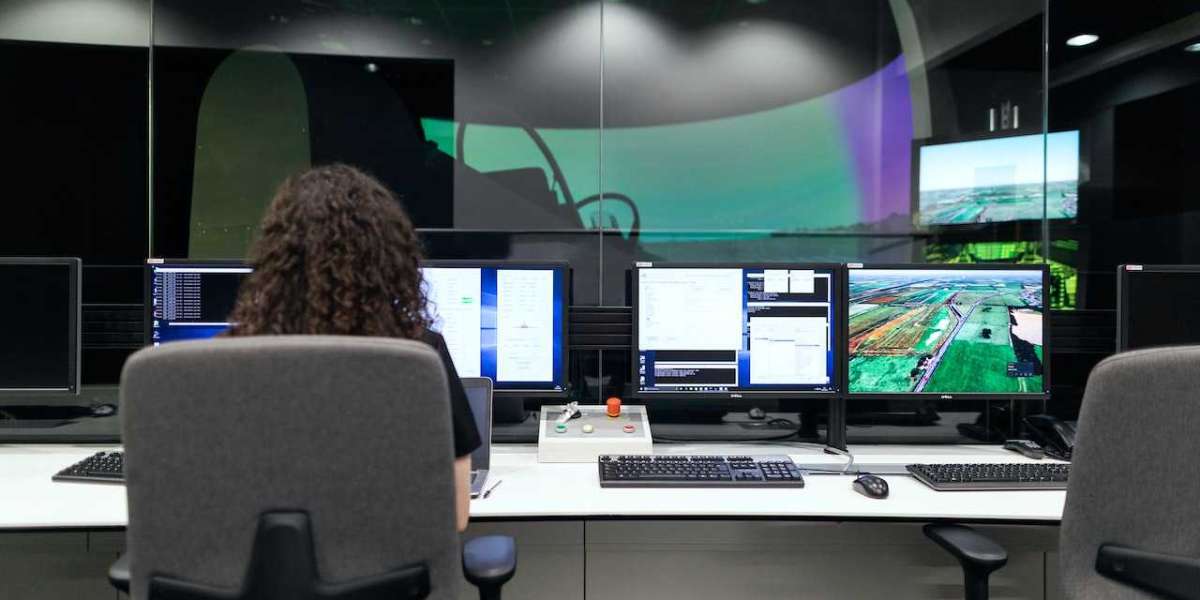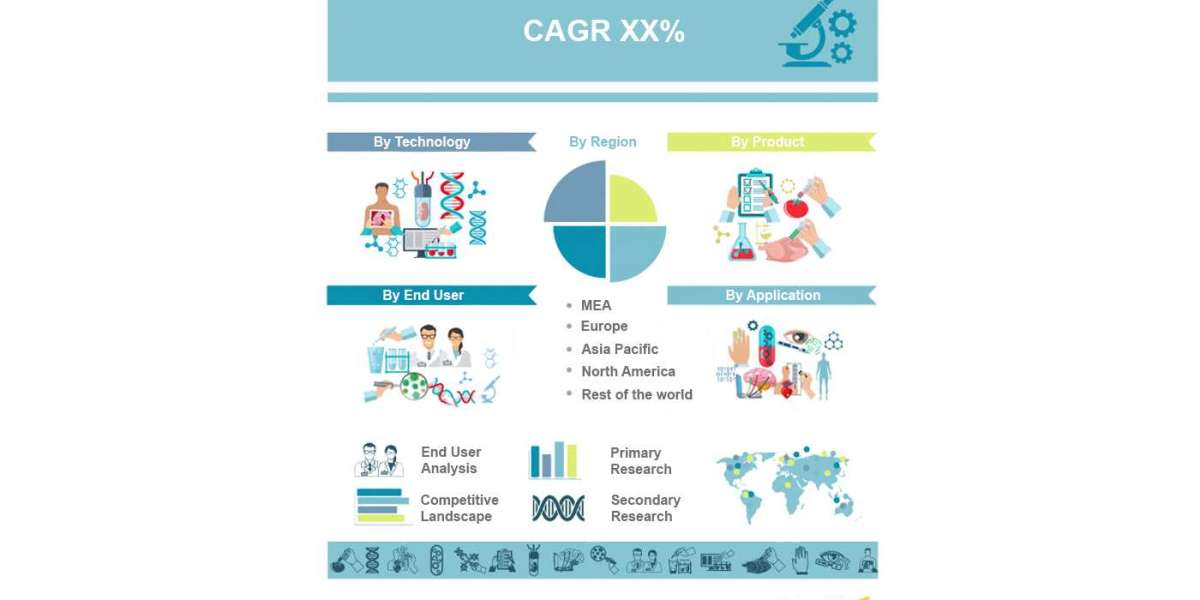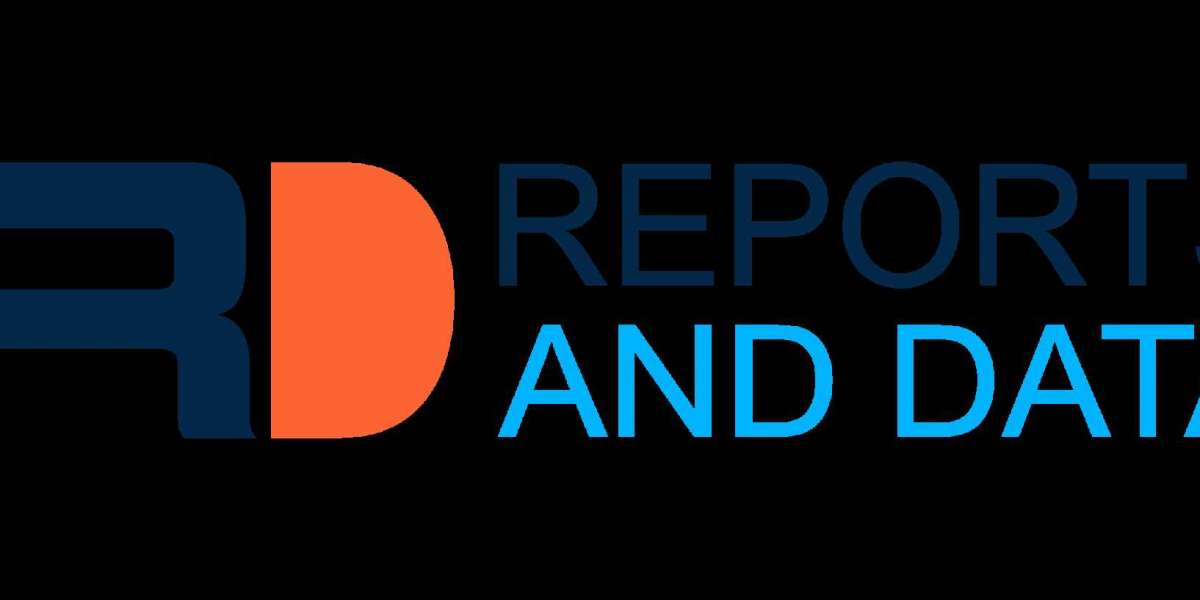The days of relying on gut feel to predict demand in a retail business are over. With the help of AI, retailers can now anticipate how much product to order and stock and make better decisions about pricing and inventory. This can save businesses time and money, and ensure that customers have the products they need when they need them. In this article, we will show you how to use AI to predict demand in a retail business.
How do Retailers use Demand Forecasting to Ensure Success?
Demand forecasting is a valuable tool that retailers use to anticipate how much demand they'll have for products in the future. This allows them to make sure that they have the appropriate inventory levels and pricing structure in place so that they can meet customer demand without running out of stock or having to hike prices.
There are a few different methods that Retailers use to forecast demand, but the most common is trend analysis. Trend analysis looks at past data (such as sales figures, consumer behavior trends, etc.) and tries to identify patterns that will help predict future trends. Once Retailers have identified a trend, they can use it to create forecasts for different product categories and regions.
By using Demand Forecasting techniques, Retailers can ensure that they're able to meet customer demands without any shortages or price hikes. This helps them stay ahead of the competition and maintain their market share.
How AI can Predict Demand- Indicator-Driven Purchasing Habits of Customers
There's no one-size-fits-all answer to this question, as the best way to use AI to predict demand in a retail business will vary depending on the specific business and its customers. However, some of the ways that AI can be used to predict demand include:
- Automated ordering systems that use algorithms to determine what products shoppers are likely to buy and order them accordingly.
- Predictive analytics software that can identify trends and patterns in customer behavior and use that information to make better sales predictions.
- Systems that use facial recognition technology or other biometric data to identify who is most likely to buy a certain product or service.
How Can Technology and AI Help Retailers Increase Sales and Reduce Fraud?
Retailers are constantly looking for ways to increase sales and reduce fraud. Technology and AI can play a major role in this process by predicting demand and helping retailers optimize their inventory.
AI can be used to identify patterns in customer behavior, which can help you predict how much product customers will demand at any given time. This information can then be used to adjust your stock accordingly, ensuring that you have enough products available to meet demand. In addition, AI can also be used to detect potential fraud incidents and save you time and money by automatically identifying suspicious transactions and alerting you directly.
By using technology and AI together, retailers can create a more efficient and effective business model that benefits both them and their customers.
Conclusion:
In the end, this article highlighted the importance of demand forecasting ai retail and making better decisions.
By implementing AI, retailers can increase their revenue while keeping expenses in check.
However, not every retailer is ready to make investments in technology just yet. That's why it's important to establish a solid plan that caters to your needs first before going ahead with any big-ticket purchases like AI software.








